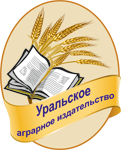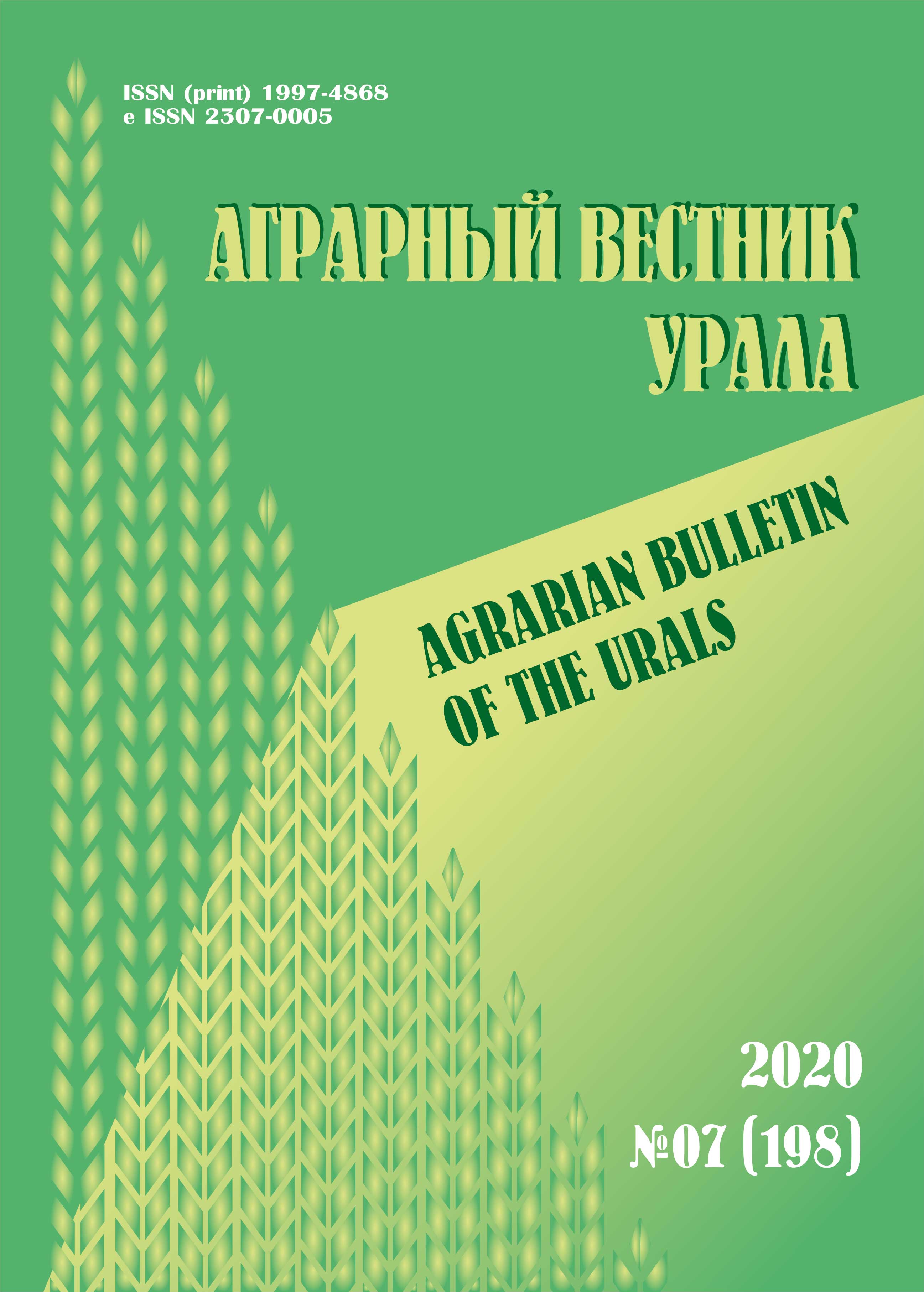Abstract. Modern agricultural successes practically did not affect the level and quality of life of the rural population of the regions of Russia, which confirms the need to change the existing concept of the development of rural areas based on the principles of inclusiveness. The purpose. Development of the methodology for assessing the level of inclusive development of rural areas of Russian regions and its approbation. Methods. The author's methodology was based on a methodological approach to assessing the level of inclusive development of individual countries proposed in 2017 at the World Economic Forum (WEF) in Davos. In the proposed method, in addition to the main blocks "Growth and Development", "Inclusion", the "continuity of generations and the sustainability of development" by the authors included the Social Inclusion Block. For each block, indicators of the level of inclusive development are substantiated in accordance with the criteria for the availability, reliability and relevance of indicators for rural areas of Russia. The calculation of the rapprochement of each indicator with the reference value is made, and then the integral indicator of the inclusive development of the regions is calculated. Results. An approbation of the author's methodology for assessing the inclusive development of rural areas is based on regional statistics on 82 subjects of the Russian Federation. A grouping of regions was performed on three levels of inclusive development of rural areas (high, medium, low). According to the results of the study, the best regions in terms of their inclusive development and regions in need of support and adjustment of their development programs based on the principles of inclusiveness have been identified. Scientific novelty. A copyright methodological approach has been developed to assess the level of inclusive development of rural areas of regions, which makes it possible to determine their condition not only in the spatial aspect, but also carry out a comparative characteristic in the dynamics by year to identify the influence of the factors acting on the indicator.
inclusive development, inclusive growth, inclusive development index, rural areas, rural population, standard of living, regions of russia, regional development
1. Podgorskaya S. V., Miroshnichenko T. A., Bahmatova G. A. Metodologicheskie polozheniya po obosnovaniyu napravleniy razvitiya sel'skih territoriy sel'skohozyaystvennyh rayonov na osnovanii diversifikacii sel'skoy ekonomiki v usloviyah civilizacionnyh transformaciy: monografiya. Rassvet: AzovPrint, 2021. 112 s. DOI:https://doi.org/10.34924/FRARC.2021.31.95.001. EDN: https://elibrary.ru/UGSBMZ
2. Karimova A. Inklyuzivnyy development: koncepciya sdviga // Rossiya i novye gosudarstva Evrazii. 2018. № 2 (39). S. 130-153. DOI:https://doi.org/10.20542/2073-4786-2018-2-130-153. EDN: https://elibrary.ru/UVRNMF
3. EUROPE 2020: A strategy for smart, sustainable and inclusive growth [e-resource]. European commission. Brussels, 2010. URL: http://ec.europa.eu/eu2020/pdf/COMPLET%20EN%20BARROSO%20%20%20007%20-%20Europe%202020%20-%20EN%20version.pdf (date of reference: 20.01.2022).
4. Tartaruga I. G. P. Inovação inclusiva como possibilidade de desenvolvimento territorial para Portugal: Notas preliminaries [e-resource]. Paper presented at the 12th Congresso da Geografia Portuguesa, Guimarães, Portugal. URL: https://www.researchgate.net/publication/337623770_Inovacao_inclusiva_como_possibilidade_de_desenvolvimento_territorial_para_Portugal_Notas_preliminares (date of reference: 22.01.2022).
5. World Social Report 2021. Reconsidering Rural Development. United Nations publication [e-resource]. 2021. 174 p. URL: https://www.un.org/development/desa/dspd/wp-content/uploads/sites/22/2021/05/World-Social-Report-2021_web_FINAL.pdf (date of reference: 22.01.2022).
6. Saji T. G. Inclusive Growth in India: Some Realities [e-resource] // Indian Journal of Economics and Development. 2019. Vol. 15. No. 3. Pp. 410-417. DOI:https://doi.org/10.5958/2322-0430.2019.00051.9.
7. Ghanem H. Agriculture and rural development for inclusive growth and food security in Morocco [e-resource] // Global Economy and Development. 2016. January. Pp. 374-391. URL: https://www.researchgate.net/publication/317165207_Agriculture_and_rural_development_for_inclusive_growth_and_food_security_in_Morocco (date of reference: 14.01.2022).
8. Gould D. M., Melecky M. Risks and Returns: Managing Financial Trade-Offs for Inclusive Growth in Europe and Central Asia [e-resource]. Washington, DC: World Bank, 2017. URL: https://openknowledge.worldbank.org/handle/10986/25494. doihttps://doi.org/10.1596/978-1-4648-0967-5 (date of reference: 10.01.2022).
9. Rytova E., Gutman S., Sousa C. Regional Inclusive Development: An Assessment of Russian Regions [e-resource] // Sustainability.•2021. No. 13. Article number 5773. URL: https://www.researchgate.net/publication/351817855_Regional_Inclusive_Development_An_Assessment_of_Russian_Regions (date of reference: 20.01.2022). DOI: https://doi.org/10.3390/ su13115773. DOI: https://doi.org/10.3390/su13115773; EDN: https://elibrary.ru/LKIFAV
10. Popod'ko G. I. Inklyuzivnoe razvitie resursnogo regiona [Elektronnyy resurs] // Regional'naya ekonomika i upravlenie: elektronnyy nauchnyy zhurnal. 2021. № 1 (65). Nomer stat'i 6524. URL: https://eee-region.ru/article/6524 (data obrascheniya: 05.06.2021). DOI:https://doi.org/10.24412/1999-2645-2021-165-24.
11. Zavodskih A. A. Postroenie indeksa inklyuzivnogo razvitiya regionov [Elektronnyy resurs] // Pskovskiy regionologicheskiy zhurnal. 2020. № 2 (42). C. 19-41. URL: http://ras.jes.su/region/s221979310008578-8-1 (data obrascheniya: 15.06.2021). EDN: https://elibrary.ru/JUSGNQ
12. Kazakova S. M. Ocenka ustoychivosti makroregionov Rossii na osnove indeksa inklyuzivnogo razvitiya // Regional'naya ekonomika. Yug Rossii. 2020. T.8. №4. S. 30-38. DOI:https://doi.org/10.15688/re.volsu.2020.4.3. EDN: https://elibrary.ru/ELMTTJ
13. Kireeva N. A., Pruschak O. V. Inklyuzivnaya model' razvitiya agroprodovol'stvennoy sistemy Rossii: teoretiko-metodologicheskiy bazis // Vestnik Saratovskogo gosudarstvennogo social'no-ekonomicheskogo universiteta. 2019. № 5 (79). S. 45-50. EDN: https://elibrary.ru/JGMRHN
14. Demichev V. V. Reyting inklyuzivnogo razvitiya ekonomiki sel'skogo hozyaystva regionov Rossii [Elektronnyy resurs] // Rossiyskiy ekonomicheskiy internet-zhurnal. 2018. № 3. S. 29. URL: http://www.e-rej.ru/Articles/2018/Demichev.pdf (data obrascheniya: 11.02.2021). EDN: https://elibrary.ru/YLIEJV
15. The Inclusive Growth and Development Report 2017 [e-resource]. World Economic Forum. Geneva, 2017. URL: https://www.weforum.org/reports/the-inclusive-growth-and-development-report-2017 (date of reference: 18.11.2021).
16. Aganbegyan A., Ershov M. Net dlinnyh deneg - net rosta [Elektronnyy resurs] // Vedomosti. 09 sentyabrya 2020. URL: https://www.vedomosti.ru/economics/articles/2020/09/08/839227-dlinnih-deneg (data obrascheniya: 12.10.2021).
17. Utenkova T. I. Preodolenie sel'skoy bednosti v Sibirskom regione // Nikonovskie chteniya. 2020. № 25. S. 72-74. EDN: https://elibrary.ru/ZAUUCC
18. Isaeva O. V. Mnogoukladnost' sel'skogo hozyaystva Rossii: sovremennye tendencii i perspektivy razvitiya // Ekonomika i ekologiya territorial'nyh obrazovaniy. 2019. T. 3. № 3. S. 20-30. DOI:https://doi.org/10.23947/2413-1474-2019-3-3-20-30. EDN: https://elibrary.ru/CAJUOC
19. Lipatova N. N. Malye formy hozyaystvovaniya: sostoyanie, problemy, perspektivy: monografiya. Kinel': RIO Samarskogo GAU, 2020. 165 s. EDN: https://elibrary.ru/GQEJKU
20. Miroshnichenko T. A. Ocenka chelovecheskogo kapitala sel'skih territoriy regiona // Upravlencheskiy uchet. 2021. № 8-3. S. 726-736. DOI:https://doi.org/10.25806/uu8-32021726-736. EDN: https://elibrary.ru/OEHLDX









